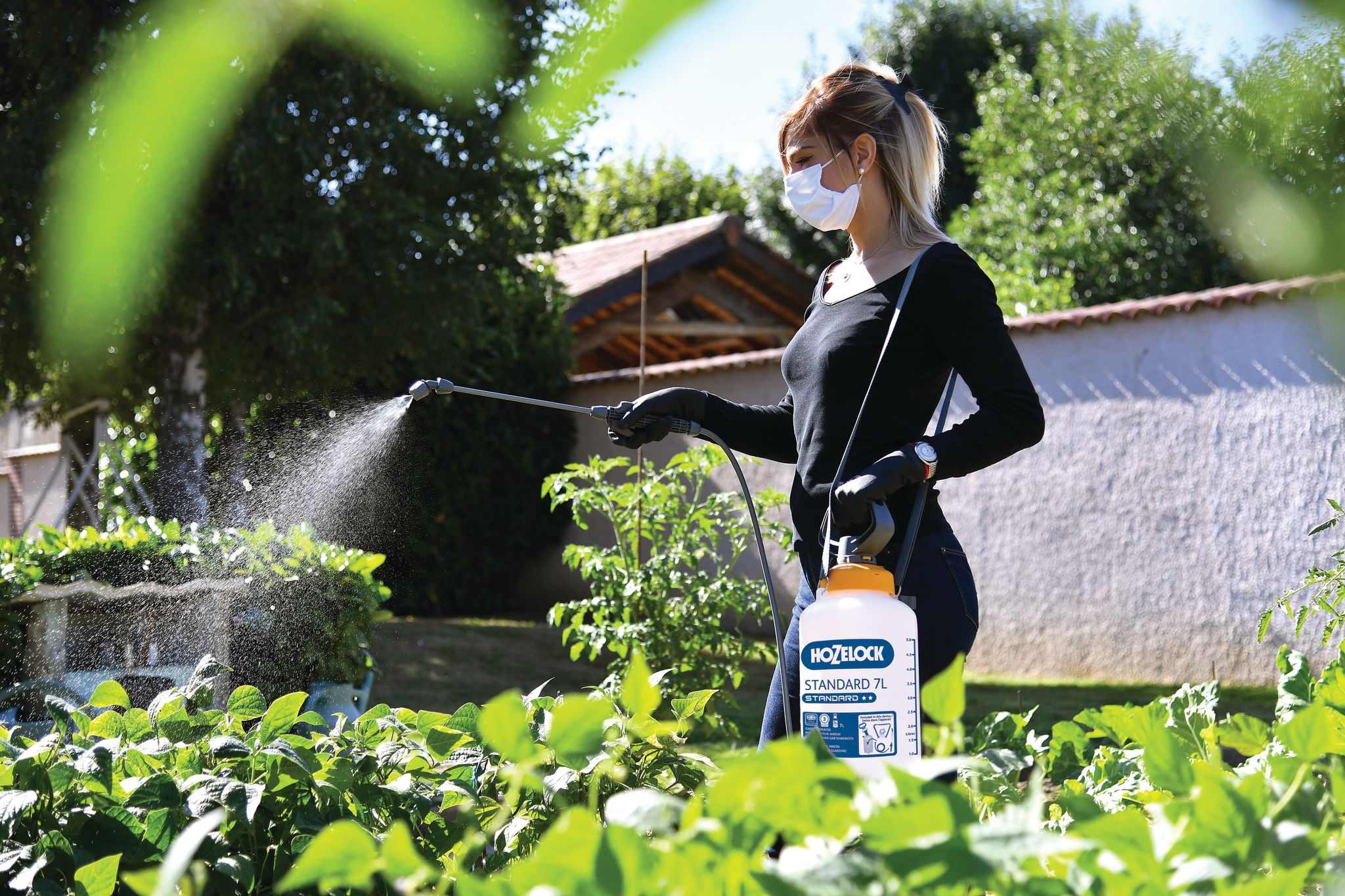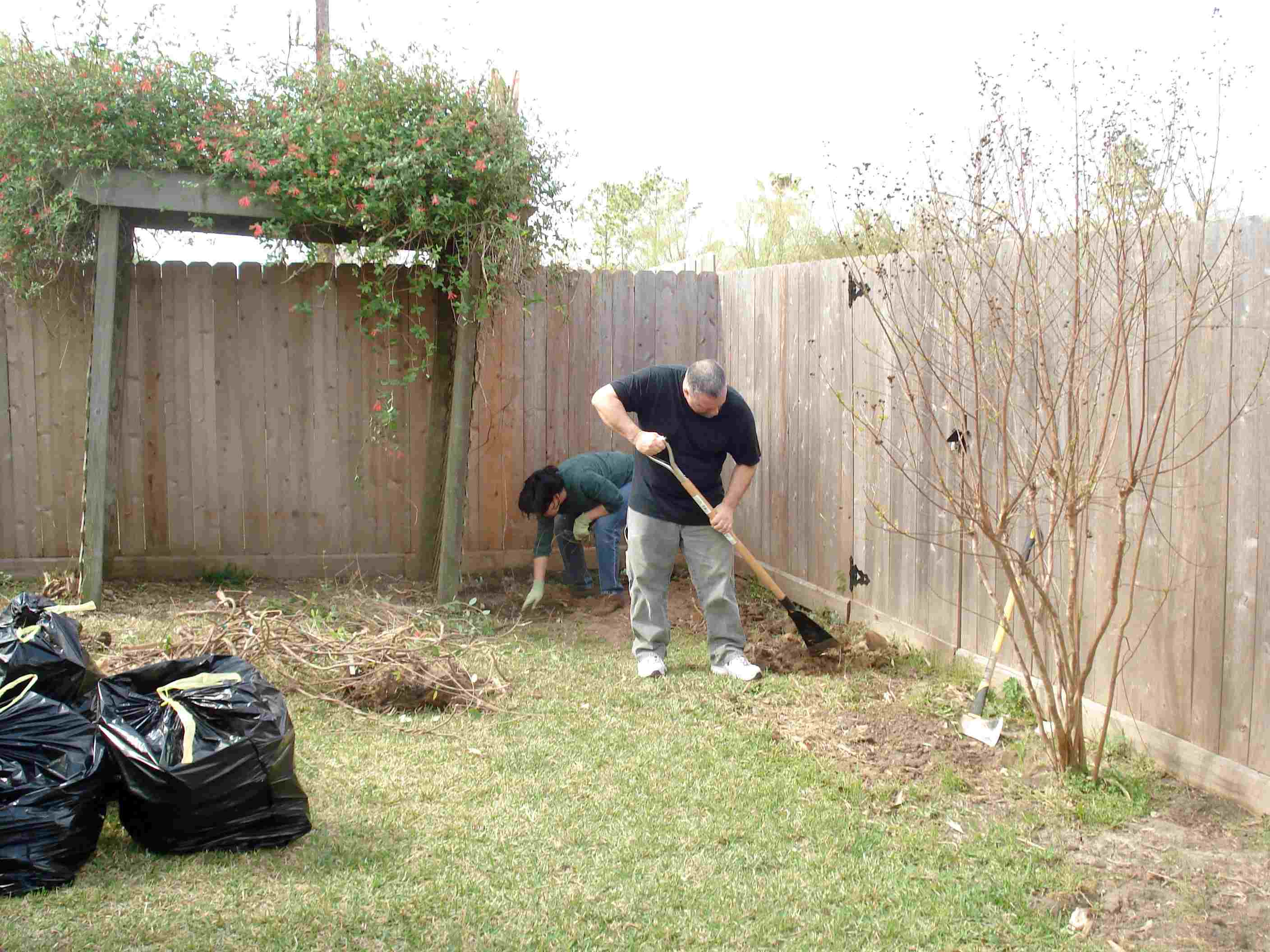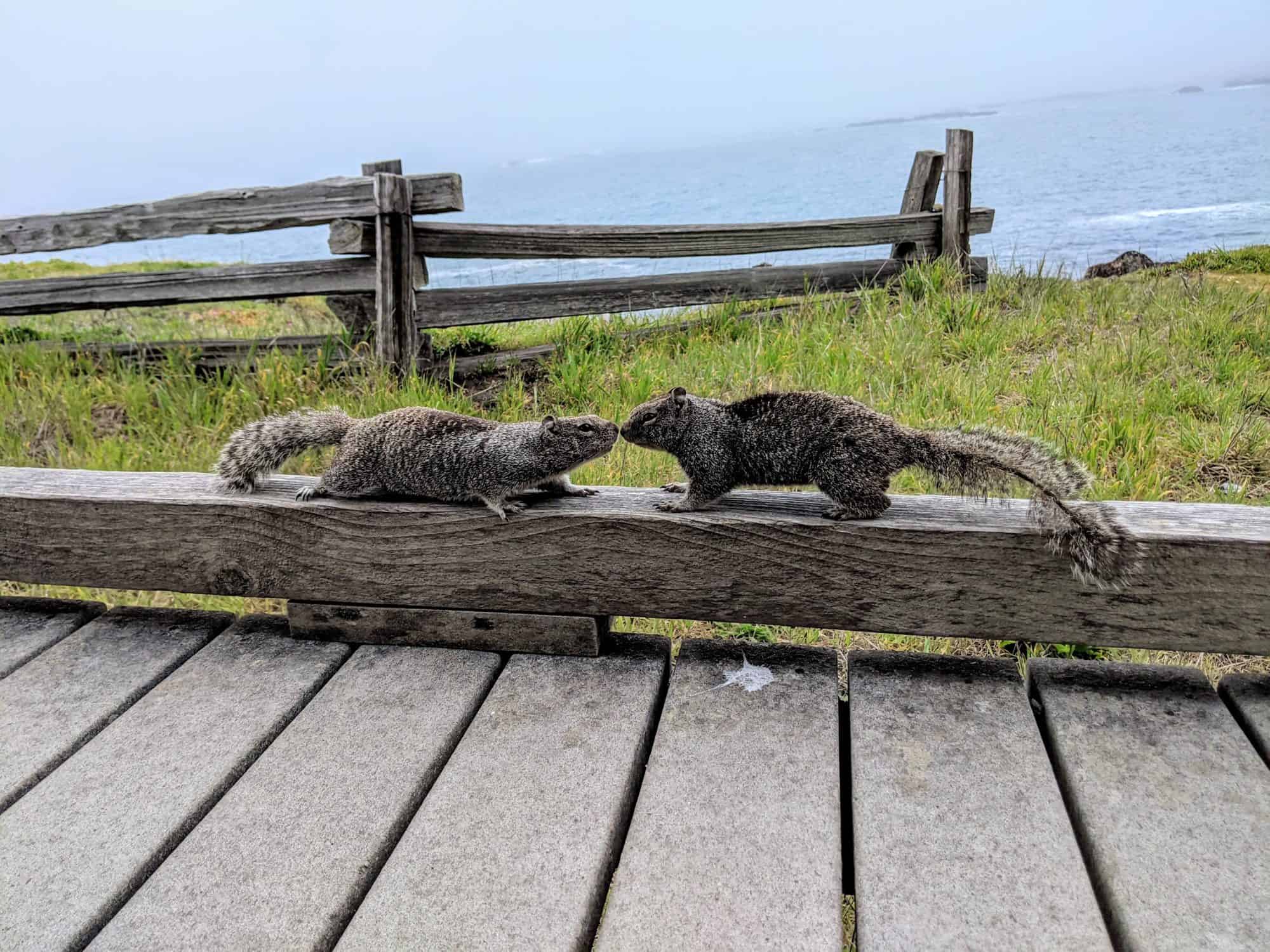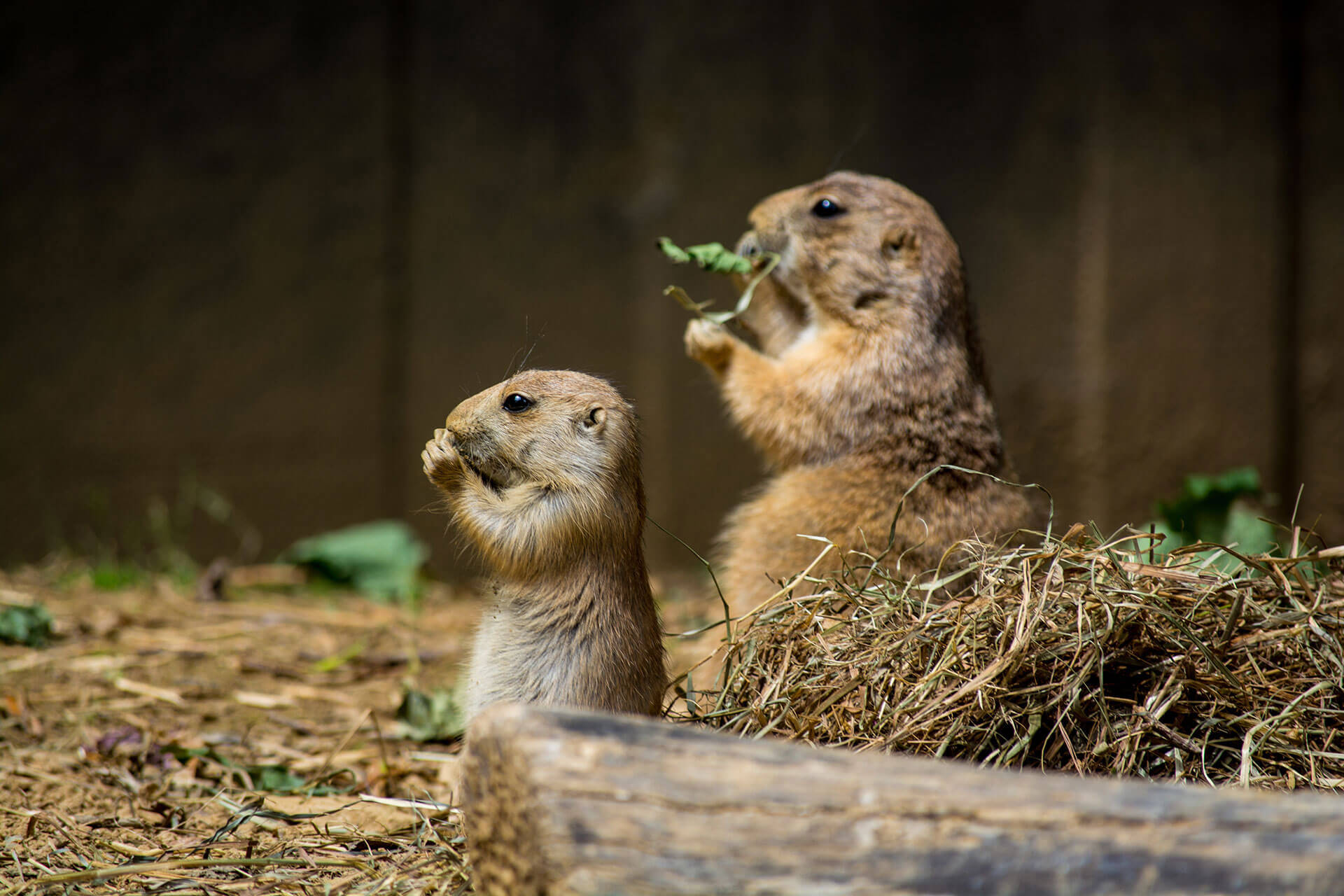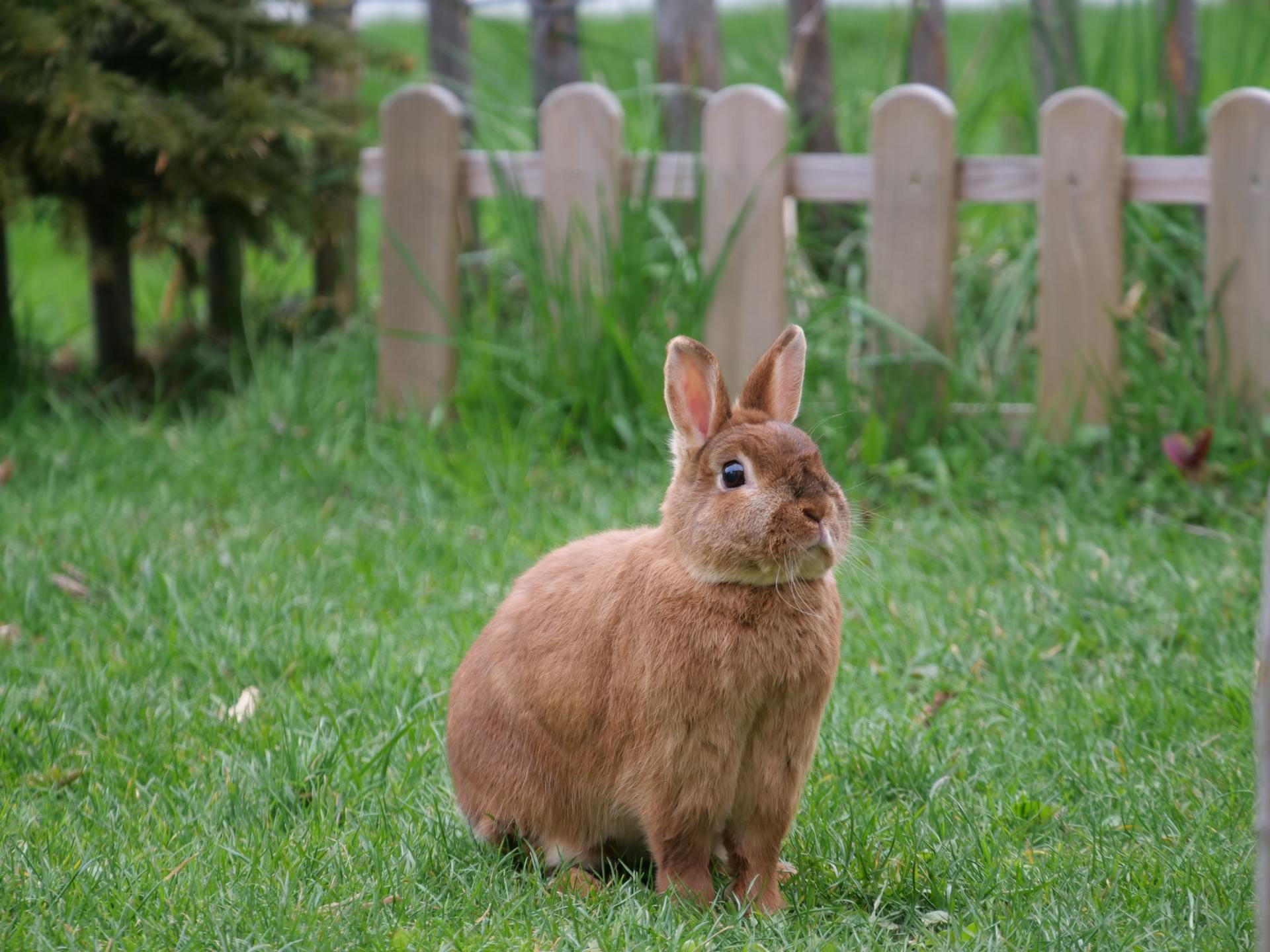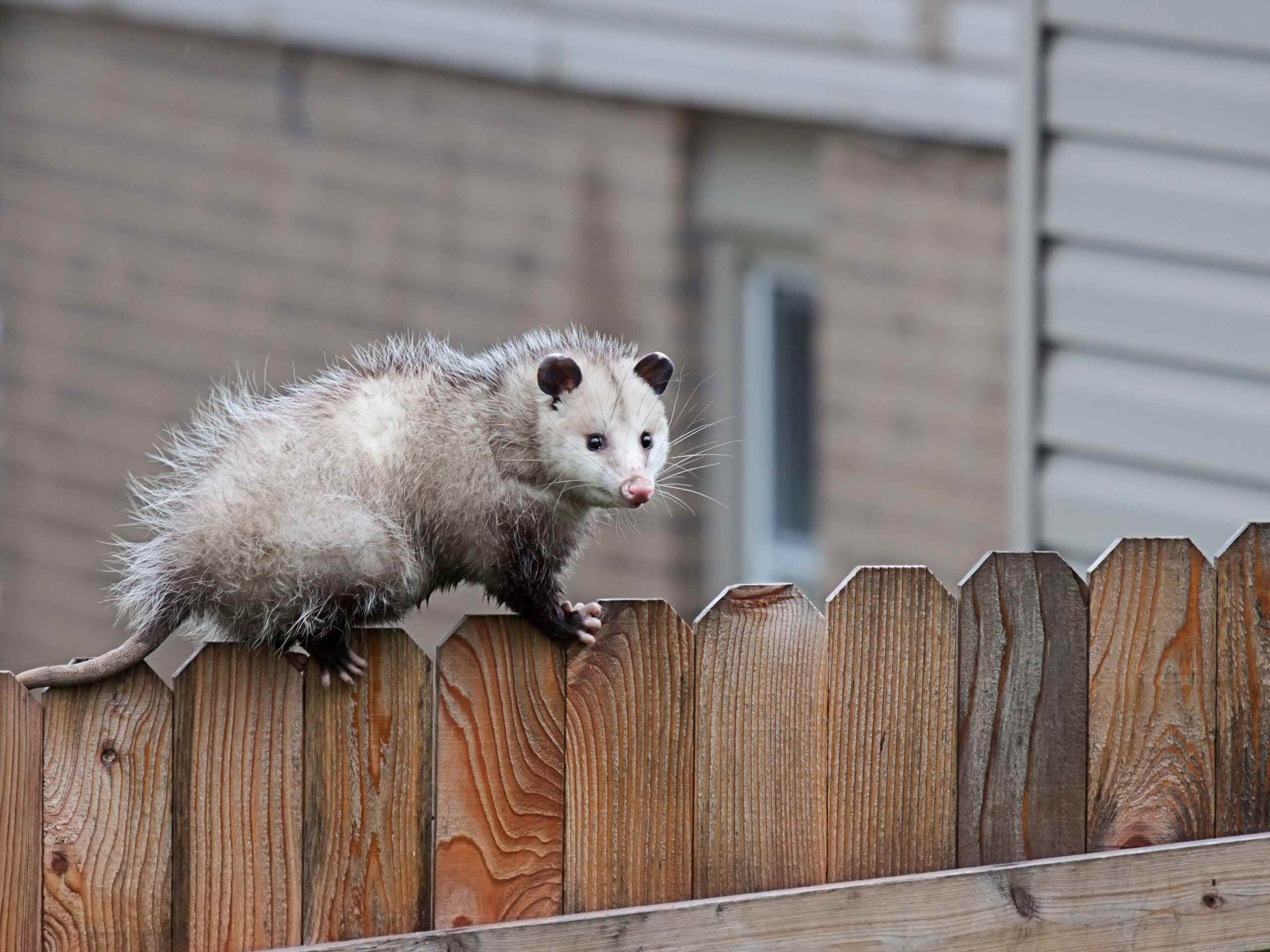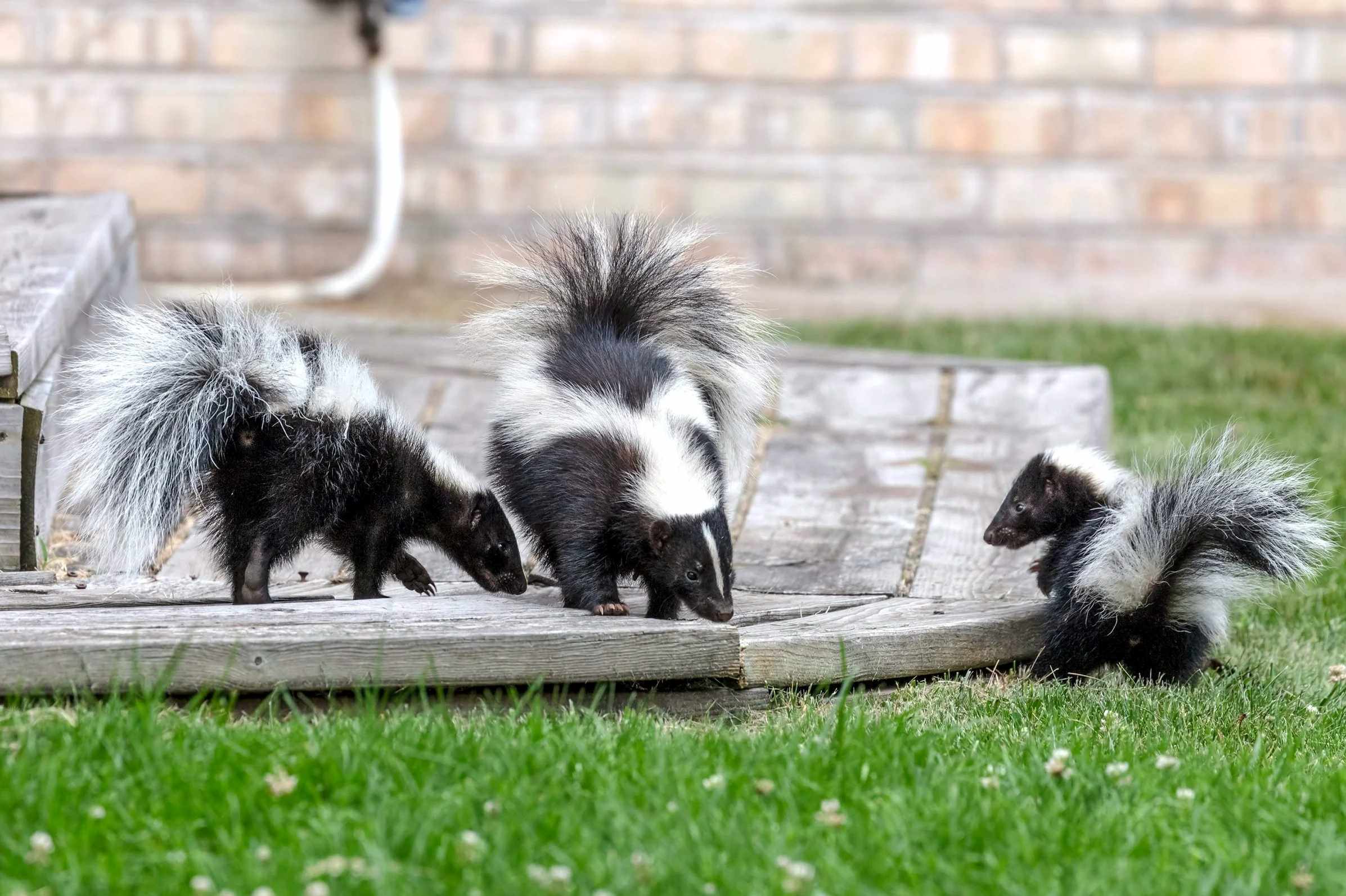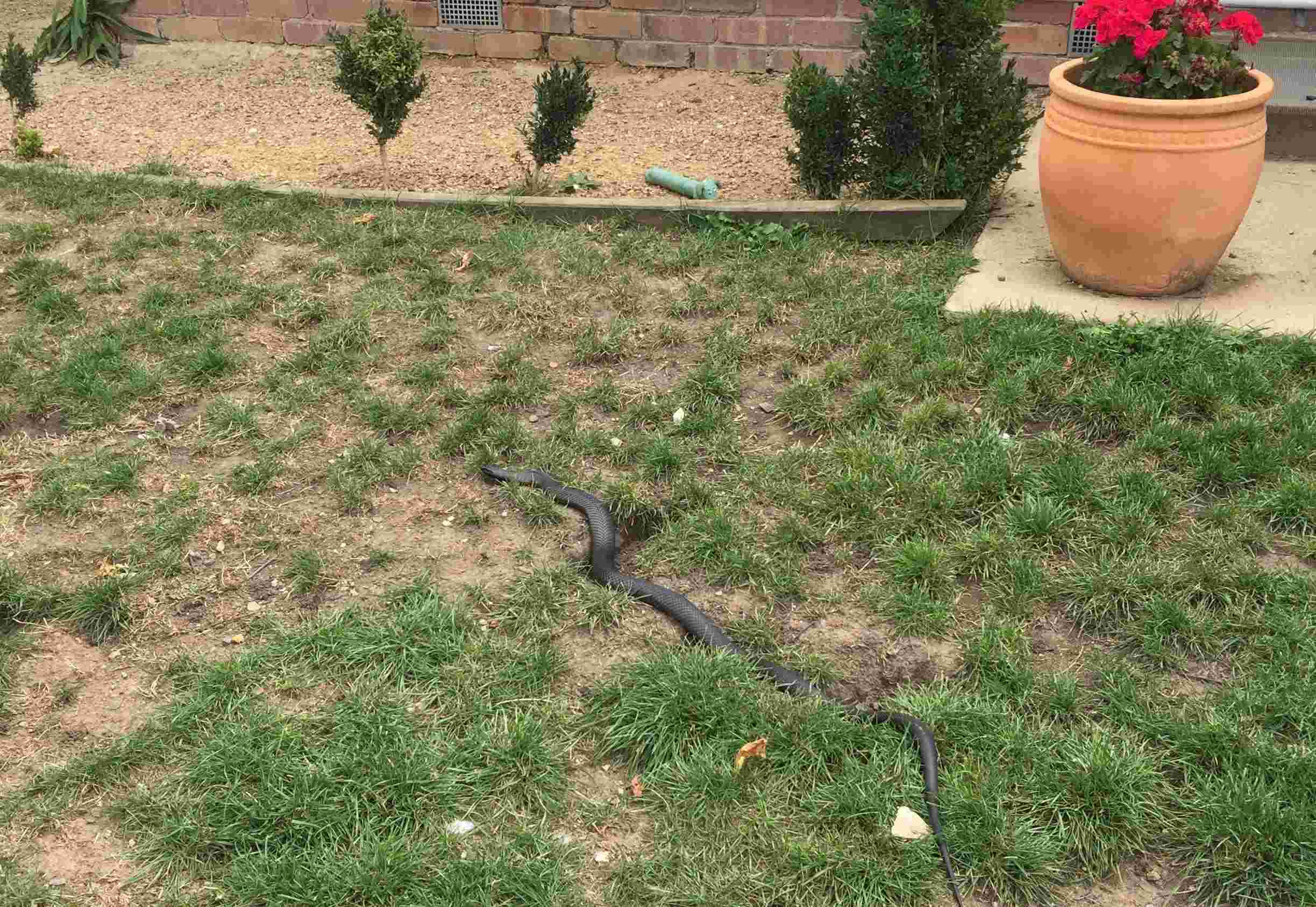Home>Gardening Tips and Tricks>How To Get Rid Of Fleas In The Backyard
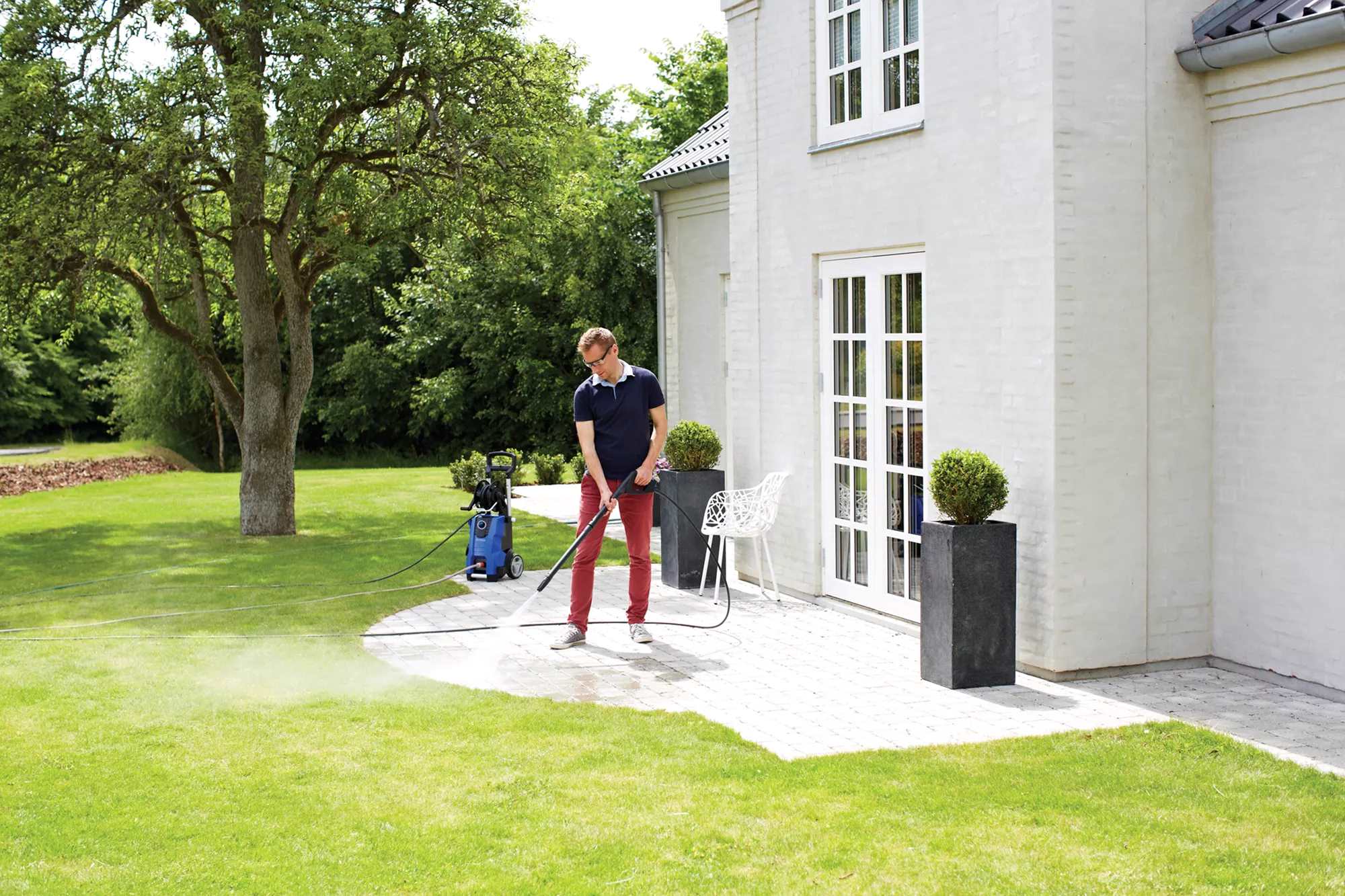

Gardening Tips and Tricks
How To Get Rid Of Fleas In The Backyard
Published: August 5, 2023
Learn effective problem-solving techniques to eliminate fleas in your backyard and keep your outdoor space pest-free. Discover expert tips and solutions for getting rid of fleas for good!
(Many of the links in this article redirect to a specific reviewed product. Your purchase of these products through affiliate links helps to generate commission for Chicagolandgardening.com, at no extra cost. Learn more)
Table of Contents
Introduction
Welcome to the ultimate guide on how to get rid of fleas in your backyard. Having a flea infestation in your outdoor space can be a frustrating and bothersome problem. Not only can fleas make your pets uncomfortable, but they can also bite humans, causing itchy and irritating skin reactions. However, with the right knowledge and strategies, you can effectively eliminate fleas from your yard, making it a safe and enjoyable place for both you and your furry friends.
Before we dive into the different methods to tackle the flea problem, it’s important to understand the nature of fleas and how they thrive. Fleas are small, parasitic insects that feed on the blood of animals, including dogs, cats, and even humans. They are highly adaptable and can reproduce rapidly, causing the infestation to spread quickly. Fleas are most active in warm and humid environments, so backyards with tall grass, dense foliage, or standing water are particularly attractive to them.
The key to successfully eliminating fleas is to implement a combination of preventive measures and targeted treatments. By addressing the underlying causes of flea infestation and using specific techniques to get rid of them, you can create a flea-free environment in your backyard.
In this guide, we will walk you through step by step on how to identify flea hotspots in your backyard, remove debris and clutter, mow and trim your lawn effectively, use natural remedies to repel fleas, treat flea-infested areas with insecticides, and maintain a flea-free backyard in the long run. By following these strategies and putting in consistent effort, you can reclaim your outdoor space and enjoy it to the fullest without the bothersome presence of fleas.
Understanding the Flea Problem in Your Backyard
Before we delve into the methods of getting rid of fleas in your backyard, it’s important to have a clear understanding of the problem at hand. Fleas are not only a nuisance but also pose health risks to both humans and animals. They can transmit diseases and cause severe allergic reactions in some individuals.
Fleas thrive in warm and humid environments, making backyards with dense vegetation, tall grass, and areas of standing water ideal breeding grounds. They are hitchhikers, using animals like dogs and cats as hosts to move from one location to another. Fleas have incredible jumping abilities, allowing them to easily attach themselves to passing animals.
Identifying a flea infestation is crucial to effectively addressing the problem. One common indicator is pets excessively scratching or biting their fur. Look for small, dark insects crawling on your pet’s skin or in their bedding. Flea eggs, which resemble tiny white grains, may also be present in areas where your pet spends time.
Another sign of a flea problem in your backyard is the presence of flea dirt—a mixture of flea feces and dried blood—which resembles black pepper flakes. You may find flea dirt on your pet’s fur or in areas where they rest or play outdoors. Fleas can also bite humans, leaving behind itchy, red welts.
Understanding the life cycle of fleas is essential in effectively eliminating them. Fleas go through several stages: egg, larvae, pupae, and adult. Adult fleas lay eggs on their hosts, which then fall off onto the ground. The eggs hatch into larvae, which feed on organic matter, such as flea dirt and other debris. After going through the pupal stage, adult fleas emerge and jump onto passing hosts to feed and reproduce, perpetuating the infestation.
By understanding the life cycle and habits of fleas, you can target each stage strategically to effectively break the cycle and eliminate them from your backyard. This will require a multifaceted approach, combining preventive measures, cleaning routines, and targeted treatments to disrupt the flea life cycle.
Now that you have a better understanding of the flea problem in your backyard, let’s move on to identifying flea hotspots and implementing the necessary steps to get rid of fleas.
Identifying Flea Hotspots in Your Backyard
Before you can effectively eliminate fleas from your backyard, it’s important to identify their hotspots – the areas where they are most likely to thrive. By focusing your efforts on these specific areas, you can target the source of the infestation and prevent it from spreading further.
One of the first places to check for flea hotspots is areas where your pets spend a lot of time, such as their favorite resting spots or play areas. Fleas are often found in areas with thick vegetation, long grass, and shaded spots. Inspect these areas closely for any signs of fleas, such as flea dirt or the presence of adult fleas.
Another common flea hotspot is near the entrances to your home, especially if there are bushes, shrubs, or trees nearby. Fleas can easily hitch a ride on humans or animals as they enter the house, leading to an infestation indoors. Pay close attention to these areas and consider implementing preventive measures to keep fleas from entering your home.
Fleas can also hide in areas with debris and clutter, such as piles of leaves, fallen branches, or unused items. These places provide the ideal environment for fleas to breed and multiply. Clearing away any debris and keeping your backyard tidy can help decrease flea populations and make it easier to treat infested areas.
It’s important to note that fleas can also infest outdoor structures like dog houses or sheds. Inspect these areas thoroughly and treat them as necessary to eliminate any hidden flea populations.
Lastly, don’t forget to check for flea hotspots in and around any water sources in your backyard, such as ponds or bird baths. Fleas are attracted to moist environments, so it’s crucial to regularly clean and maintain these areas to reduce the risk of infestation.
By identifying the hotspots in your backyard where fleas are likely to be concentrated, you can focus your efforts on these areas first. This targeted approach will not only make your flea eradication efforts more efficient but also help prevent the infestation from spreading to other areas of your outdoor space.
Now that you have identified the flea hotspots in your backyard, let’s move on to the next step: removing debris and clutter to create an unfavorable environment for fleas.
Removing Debris and Clutter
To effectively combat fleas in your backyard, it’s essential to create an environment that is unfavorable for their survival. Removing debris and clutter is an important step in achieving this, as it eliminates hiding spots and breeding grounds for fleas.
Start by conducting a thorough inspection of your backyard to identify any areas with accumulated debris. This can include piles of leaves, fallen branches, and even discarded items like toys or furniture. Fleas are attracted to these areas as they provide shelter and protection.
Once identified, begin by clearing away the debris using gloves and appropriate tools. Consider wearing long sleeves and pants to protect yourself from potential flea bites. Rake up leaves, remove branches, and dispose of any unnecessary items that may be harboring fleas.
In addition to larger debris, pay attention to smaller items like pet toys, as these can also be infested with fleas. Wash or clean outdoor toys regularly to prevent fleas from taking up residence in them.
It is also important to keep your outdoor storage areas, such as sheds, well organized and clutter-free. Regularly inspect and clean these areas to eliminate any potential hiding spots for fleas. Dispose of any unused items that may attract or harbor fleas.
By removing debris and clutter from your backyard, you are taking away the environment that fleas thrive in. This not only reduces the flea population but also makes it easier to treat the remaining infested areas effectively.
Now that you have cleared away the debris and clutter, let’s move on to the next step: mowing and trimming your lawn to further discourage flea infestations.
Mowing and Trimming Your Lawn
Maintaining a well-manicured lawn is not only aesthetically pleasing but also plays a crucial role in preventing flea infestations in your backyard. Regular mowing and trimming can disrupt flea habitats and make it more challenging for them to thrive.
Start by mowing your lawn to an appropriate height. Keeping your grass short makes it harder for fleas to hide and breed. Set your mower blades to a low setting, around 2-3 inches, to ensure a close cut. Pay extra attention to shady areas and spots near fences or structures where fleas are more likely to reside.
While mowing, be sure to collect and dispose of the clippings properly. Fleas and their eggs can easily become entangled in the grass clippings, allowing them to re-infest your backyard if left on the lawn. Bag the clippings or compost them away from the high-traffic areas of your yard to reduce the risk of fleas spreading.
In addition to mowing, regular trimming of bushes, shrubs, and other vegetation in your yard is necessary. Fleas tend to gravitate towards dense vegetation as it provides shade and protection. By pruning and trimming your plants, you reduce potential flea hiding spots and create a less hospitable environment for them.
Focus on areas around patios, decks, and other outdoor living spaces where you and your pets spend the most time. Trim back branches and foliage that may come into contact with these areas, as fleas can easily be transferred onto humans and animals.
Proper lawn maintenance also includes removing weeds. Weeds not only compete with grass for nutrients and moisture but also provide hiding places for fleas. Regularly pull or treat weeds to prevent them from becoming havens for fleas in your backyard.
By regularly mowing, trimming, and maintaining your lawn, you create an environment that is less conducive to fleas. This, in combination with other preventive strategies, will greatly reduce the chances of a flea infestation in your backyard.
Now that you have mowed and trimmed your lawn, it’s time to explore natural remedies to repel fleas and maintain a flea-free backyard.
Using Natural Remedies to Repel Fleas
If you prefer to avoid using chemical insecticides in your backyard, there are several natural remedies available that can help repel fleas and keep them at bay. These natural methods are not only effective but also safer for the environment, your pets, and your family.
One natural remedy to repel fleas is the use of essential oils. Certain essential oils, such as lavender, cedarwood, and lemongrass, are known for their flea-repelling properties. Dilute a few drops of these oils in water and spray the mixture around your yard, paying attention to flea hotspots and areas where your pets spend time. Be mindful of using essential oils around cats, as some oils can be toxic to them.
Another natural flea repellent is diatomaceous earth (DE), a powder made from fossilized algae. DE is abrasive to fleas and absorbs their protective outer layer, ultimately causing them to dehydrate and die. Sprinkle DE in areas where fleas are likely to hide, such as in between grass blades or around the perimeter of your yard. However, be cautious when using DE if you have beneficial insects in your garden, as it can be harmful to them as well.
Planting certain herbs and flowers in your yard can also act as natural flea repellents. Fleas are generally deterred by the strong scent of plants like mint, rosemary, and marigold. Incorporate these plants into your garden or create small potted herb gardens in flea-prone areas of your backyard. Not only will they help repel fleas, but they will also add beauty and fragrance to your outdoor space.
Regularly cleaning and maintaining your pet’s belongings is another natural way to prevent flea infestations. Wash your pet’s bedding, blankets, and toys in hot water to kill any fleas or eggs that may be present. Vacuuming your home and furniture can also help remove flea eggs and larvae that may have been brought inside. Remember to empty and dispose of the vacuum bag or canister in an outdoor trash bin to prevent fleas from reinfesting your home.
It’s important to note that while natural remedies can be effective in repelling fleas, they may not provide complete eradication, especially in severe infestations. In such cases, it may be necessary to combine natural methods with other flea control strategies or seek professional assistance.
Now that you are armed with natural remedies to repel fleas, it’s time to explore further treatment options for flea-infested areas in your backyard.
Treating Flea-Infested Areas with Insecticides
While natural remedies can be effective in repelling fleas, sometimes more aggressive measures are necessary to combat severe flea infestations in your backyard. In these cases, the use of insecticides can help eliminate fleas and prevent their return.
Before applying any insecticides, it’s crucial to read and follow the manufacturer’s instructions carefully. Choose an insecticide specifically formulated for outdoor use and labeled for flea control. There are different types of insecticides available, including sprays, granules, and concentrates, so choose one that best fits your needs and the severity of the infestation.
When treating flea-infested areas, focus on the flea hotspots and areas where your pets spend the most time. Pay particular attention to shaded areas, dense foliage, and areas near entrances to your home. Thoroughly spray or apply the insecticide according to the instructions, ensuring that you cover the intended areas completely.
After applying the insecticide, keep children and pets away from treated areas until they are completely dry. It’s important to follow safety precautions to minimize exposure to chemicals and prevent any adverse effects.
For flea control in your lawn, insecticide granules can be sprinkled evenly over the affected areas. Water the lawn lightly after application to activate the granules and ensure they penetrate the soil. This will help eliminate fleas at various stages of their lifecycle, including eggs, larvae, and adults.
Remember that insecticides are most effective when used as part of an integrated flea control program. This means combining insecticide treatments with preventive measures, such as regular cleaning, mowing, and monitoring for new flea activity. Continuing preventive measures after insecticide applications will help maintain a flea-free backyard in the long run.
If you are uncomfortable using insecticides yourself or if the infestation persists despite your efforts, it may be best to seek professional assistance. Pest control experts can assess the severity of the infestation and recommend the most appropriate treatment options for your specific situation.
Now that you are familiar with treating flea-infested areas with insecticides, let’s move on to the next step: maintaining a flea-free backyard in the long term.
Maintaining a Flea-Free Backyard
After successfully eliminating fleas from your backyard, it’s important to implement ongoing measures to maintain a flea-free environment. By following these preventive strategies, you can reduce the risk of future infestations and enjoy a pest-free outdoor space.
Regular cleaning and maintenance are key to preventing fleas from returning. Keep your yard tidy by removing fallen leaves, branches, and other debris that can attract fleas. Regularly mow and trim your lawn to keep the grass short and disrupt flea habitats.
Inspect your pets regularly for signs of fleas, such as excessive scratching or visible fleas on their fur. Treat your pets with a veterinarian-approved flea preventative, such as topical treatments or oral medications, to keep them protected from fleas. This step is crucial in preventing fleas from being reintroduced into your backyard.
Consider creating a physical barrier around your yard to keep out wandering wildlife, such as stray cats or raccoons, which can carry fleas. Fencing or mesh barriers can help deter these animals and reduce the risk of introducing fleas into your yard.
Implement natural flea repellents, such as using essential oils, planting flea-repellent herbs, or using diatomaceous earth, as mentioned earlier. These natural remedies provide an extra layer of defense against fleas and discourage them from infesting your yard.
Regularly wash your pet’s bedding and toys to remove any fleas or eggs that may have been brought into the house. Vacuum your home frequently, paying close attention to areas where your pet spends time indoors, to prevent fleas from spreading from your yard to your living spaces.
Monitor your yard for any signs of fleas, such as recurring itching in your pets or the presence of flea dirt. Catching a flea infestation early on will make it easier to address and prevent it from spreading throughout your backyard.
If you have a severe or persistent flea problem, it may be necessary to seek professional assistance. Pest control experts can provide targeted treatments and ongoing maintenance to keep your yard flea-free.
Remember, maintaining a flea-free backyard is an ongoing process. Continuously implementing preventive measures, monitoring for any signs of fleas, and taking prompt action when necessary will help ensure a pest-free outdoor space where you and your pets can enjoy without the nuisance of fleas.
Now that you are equipped with the knowledge to maintain a flea-free backyard, it’s time to put these strategies into action and enjoy your outdoor space to the fullest.
Conclusion
Getting rid of fleas in your backyard can be a challenging task, but with the right knowledge and strategies, you can successfully eliminate them and create a flea-free outdoor space. By understanding the nature of fleas and identifying their hotspots in your yard, you can target these areas and implement measures to tackle the problem at its source.
Removing debris and clutter, mowing and trimming your lawn, and using natural remedies are effective ways to repel and control fleas. However, in severe infestations, the use of insecticides may be necessary to ensure complete eradication.
Maintaining a flea-free backyard requires ongoing efforts, including regular cleaning, pet care, and preventive measures. By incorporating these practices into your routine, you can minimize the risk of future flea infestations and enjoy a pest-free outdoor environment.
Remember to follow safety precautions and carefully read and follow the instructions when using any products or treatments. If needed, don’t hesitate to seek professional assistance to address persistent flea problems.
With these strategies in place, you can reclaim your backyard and create a space where you, your family, and your pets can enjoy outdoor activities without the bothersome presence of fleas.
Now it’s time to take action and implement these measures to make your backyard a flea-free haven. Enjoy your newfound freedom from fleas and embrace the joy of spending time in your outdoor oasis!
